The recipe for better food systems
How food is produced, consumed, and how much is lost or wasted shapes the health of both people and planet. The EAT-Lancet Commission report, released in January 2019, brought together 30 interdisciplinary scientists from across the globe to propose a dietary pattern that meets nutritional requirements and promotes health but uses less environmental resources.
The report promotes diets consisting of a variety of plant-based foods, with low amounts of animal-based foods, refined grains, highly processed foods or added sugars, and with unsaturated rather than saturated fats.
The EAT Food Forum 2019 is taking place in Stockholm June 11-14, 2019. Natalia Palacios, maize quality specialist at the International Maize and Wheat Improvement Center (CIMMYT), will participate in a panel of agricultural research experts organized by CGIAR which will explore the implications of the EAT-Lancet report in the Global South, particularly for small farmers.
Palacios and her CIMMYT colleagues Santiago Lopez Ridaura, agronomist, and Jason Donovan, socioeconomist, got together for a conversation with CIMMYT editors to analyze how EAT-Lancet recommendations adapt to smallholder farmers’ realities.
Can nutrition bring the food system together?
Santiago Lopez Ridaura: Nutrition is the perfect setting to create system approaches to food. Nutrition involves everything: production quality, the genetics of the seed, input supply, output demand, as well as the purchasing power of farmers, dietary and cooking habits. It truly requires an interdisciplinary approach to look at food systems through a nutrition lens.
Natalia Palacios: We must stop thinking about the crop and think about the diet. Interdisciplinary and inter-institutional research is key to improve nutrition and agricultural sustainability in the context of smallholder farmers in Africa, Asia and Latin America.
Lopez-Ridaura: An economic analysis, a soil fertility study, or pest and disease breeding alone does not give us a holistic view of the food system. However, nutrition gives us the opportunity to have an integrated view. Equally, sustainability and avoiding food loss relate to all parts of the food system.
It’s a synergy of things. CIMMYT has been advocating for a systems approach to maize and wheat farming and nutrition, and sustainability fits right in with this.
Jason Donovan: It’s time to develop that dialogue, including specialists from different fields such as nutritionists, economists, agronomists, breeders and gender specialists when we investigate and form research questions on the health benefits and sustainability of our food systems and take holistic view of how all these things come together.
Palacios: A shift in our priority research is needed. It is important to integrate resilient production with nutrition. Focus only on productivity should no longer be the driver. We might not need big changes in the technologies and interventions, but we need to make sure nutrition and consumer demands are included.
There is no silver-bullet solution. You need to take action from different points, whether it is biofortified crops, intercropping for diversified diets or access to markets.
Is the EAT-Lancet report a recipe for a planetary diet?
Palacios: The report takes a global focus and is overwhelmingly targeted at high income nations. However, if we look at its five strategies, they are actually applicable for low- and middle-income countries as well: Seek international and national commitment to shift toward healthy diets; reorient agricultural priorities from producing high quantities of food to producing healthy food; sustainably intensify food production to increase high-quality output; strong and coordinated governance of land and oceans; and halve food losses at the production side and food waste at the consumption side.
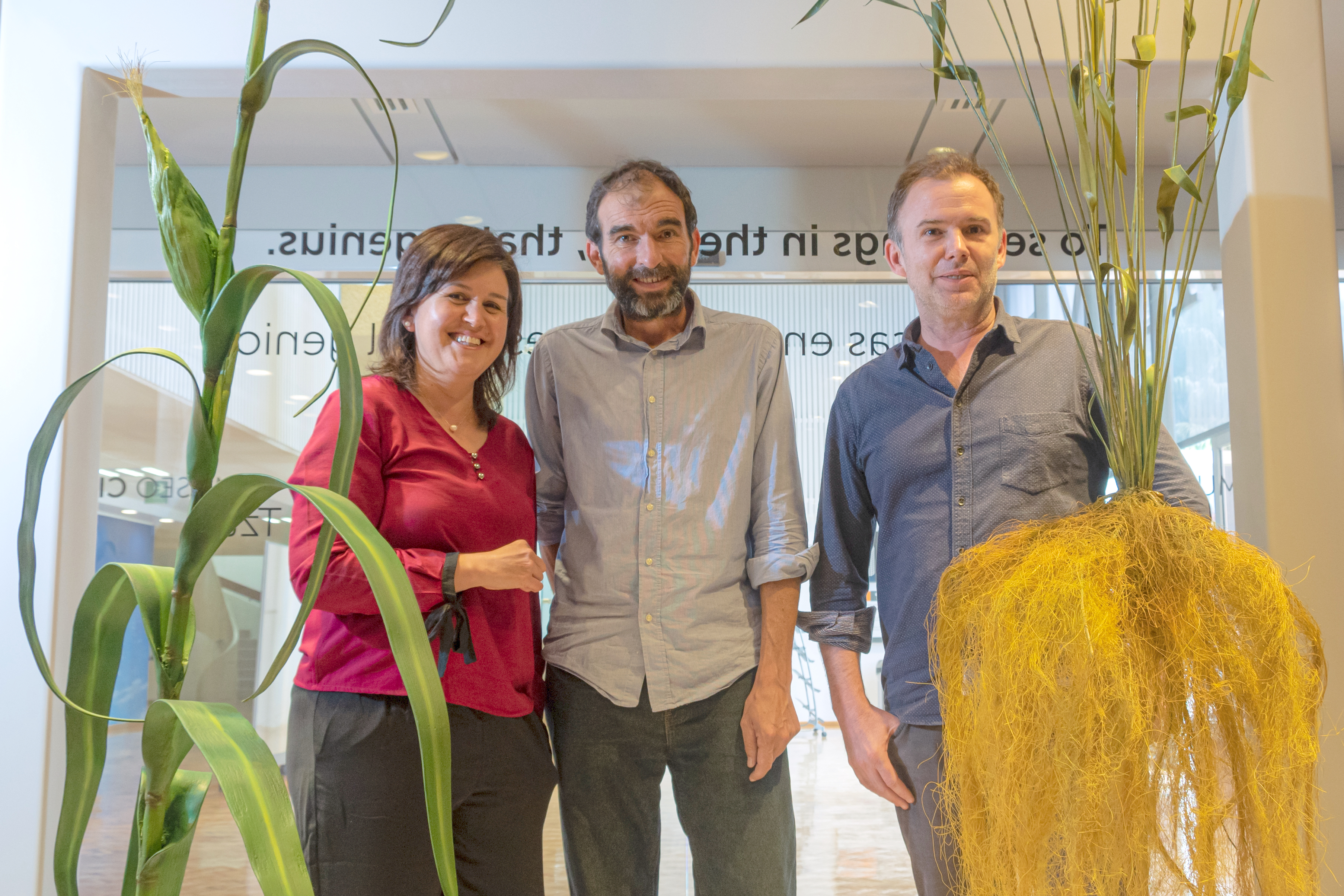
Lopez-Ridaura: Rather than a recipe, the commission proposes a “reference healthy diet” that will need to be adapted to different regions and cultures. More importantly, the trajectories towards such diet will probably be very different, depending on the region and culture, the current dietary habits of the population, and the production systems they are based on.
In some cases, consumption of meat and sugars will need to decrease, but in other regions it might need to be increased. It all depends on the current situation.
Donovan: The report highlighted the sustainability issues around our food production. Although it was focused toward high-income countries who consume a lot of proteins. One of the big questions I had after reading it was the “how” question. In a lot of countries where we work — in Africa, Asia and Latin America — the consumption of meat is increasing at a rapid pace.
So, the question that struck me was how do these societies with fast rural and urban transformations, and an increasing taste for animal-based food products, fit into the context of the report? How can we promote plant-based diets in these contexts?
Adjusting their diets towards a universal healthy reference diet would be difficult as there is little room for maneuver.
Is adaptation the key to success?
Lopez-Ridaura: Yes, adaptation is needed and I think the EAT-Lancet Commission colleagues are well aware of that. The healthy reference diet needs to be seen as such, as a reference, with some basic principles regarding food quantity and quality as well as sustainable use of resources.
Each region, sub-region or even families and individuals will need to adapt their dietary habits and production systems in order to attain healthy diets and halt the degradation of the resource base.
Palacios: It is important to look at smallholder farmers in the context of diet and sustainable agriculture. We need to ask, what are they growing? How are they growing it? How are they eating it? What do they sell?
Quite often smallholder farmers are already using agricultural practices that improve their nutrition and benefit the environment. For example, look at the milpa farm system: it combines maize, beans, squash, chili, tomatoes and seasonal fruits to provide a diverse plant-based diet. The milpa system, combined with crop residue retention and other conservation agriculture techniques can improve soil fertility.
Latin American farmers also use the traditional nixtamalization technique to prepare maize grain for cooking, which improves its nutritional value. Farmers in Africa are adopting green manure cover crops grown with maize as a way to improve soil health, diversify household diets and provide a cash crop to be sold at markets.
It is important that these initiatives are promoted through national and local government policy and supported by the private sector if they are to have real impact on the health of people and the planet.
Donovan: Local policies to promote healthy diets and diversification in the field are being put in place — Latin America is a good example. However, this is not at a scale where it can have real impact on the health of people and environments. There is pressure on the private sector to respond, especially considering the increasing consumption of processed foods. It is important to engage with the private sector on issues of nutrition and sustainability.
Solutions will be at multiple levels when we look at nutrition and food systems. Too often the actors in a food system act alone, for example many NGOs, universities, and government programs. There needs to be unity in action — players need to work together as creators of holistic solutions. This is currently a gap, as many nutritionists do not look at agriculture or food systems. Addressing this can have a significant impact on the health of family farmers in Africa, Asia and Latin America.
This story is part of our coverage of the EAT Stockholm Food Forum 2019.
See other stories and the details of the side event in which CIMMYT is participating.
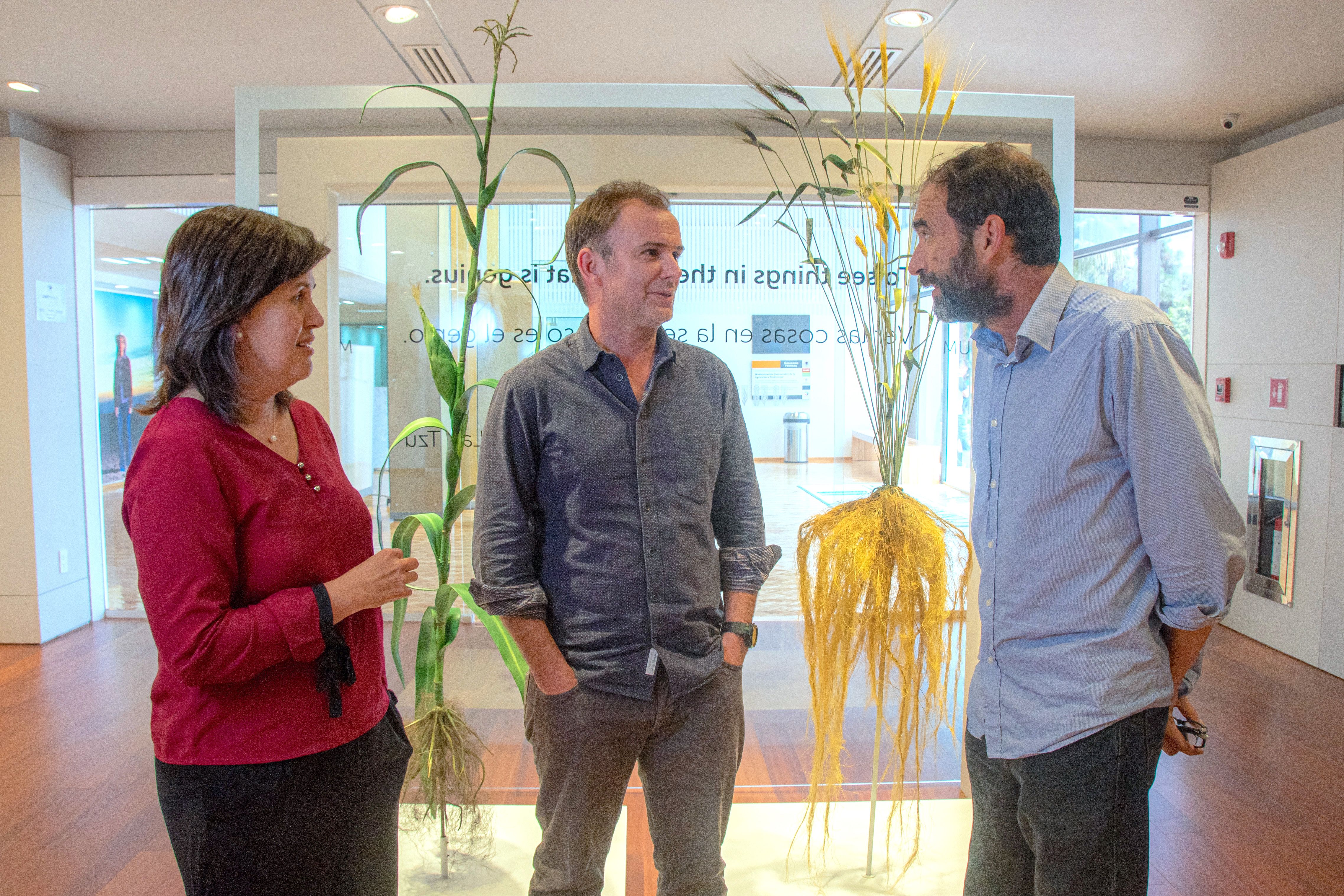
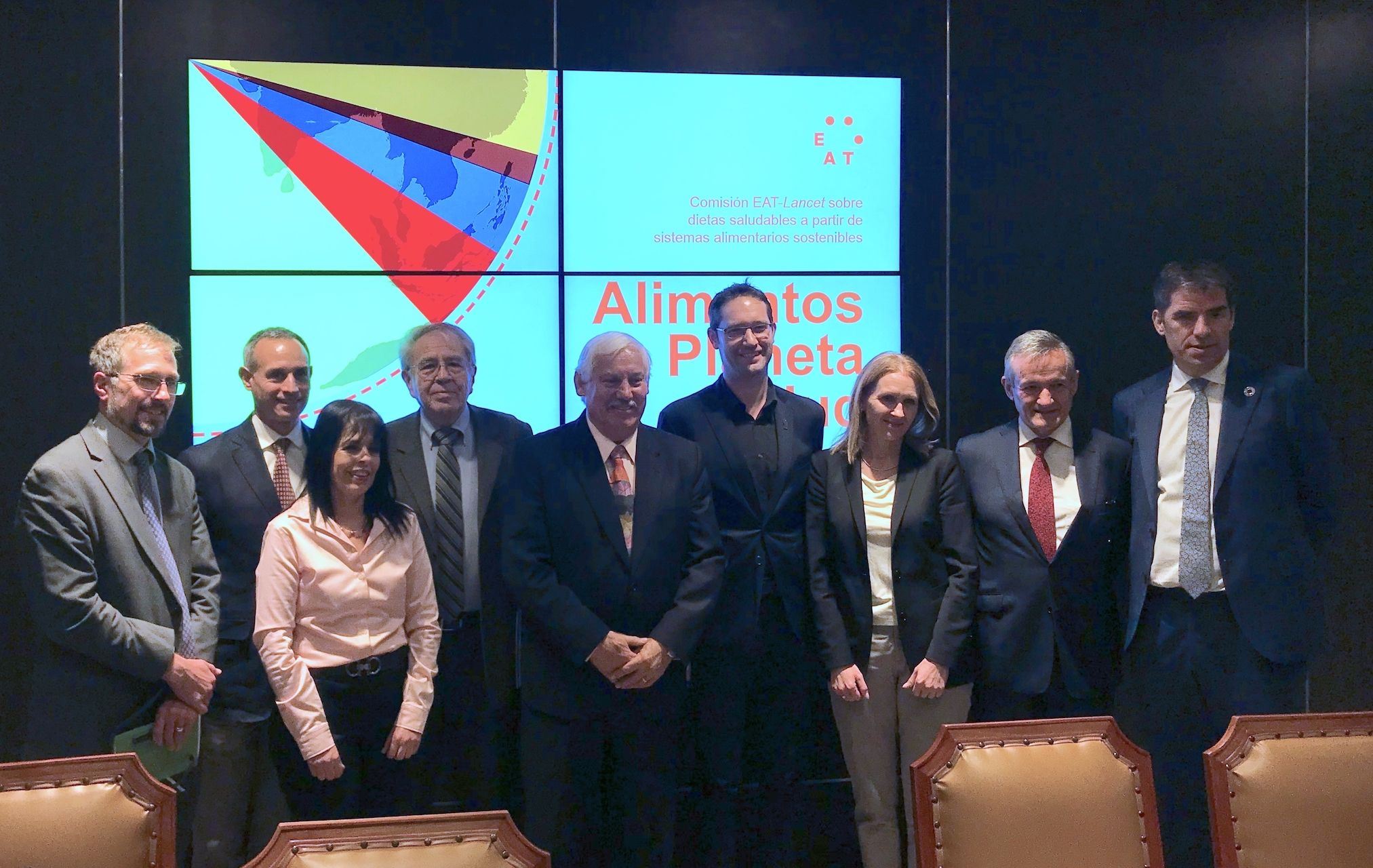
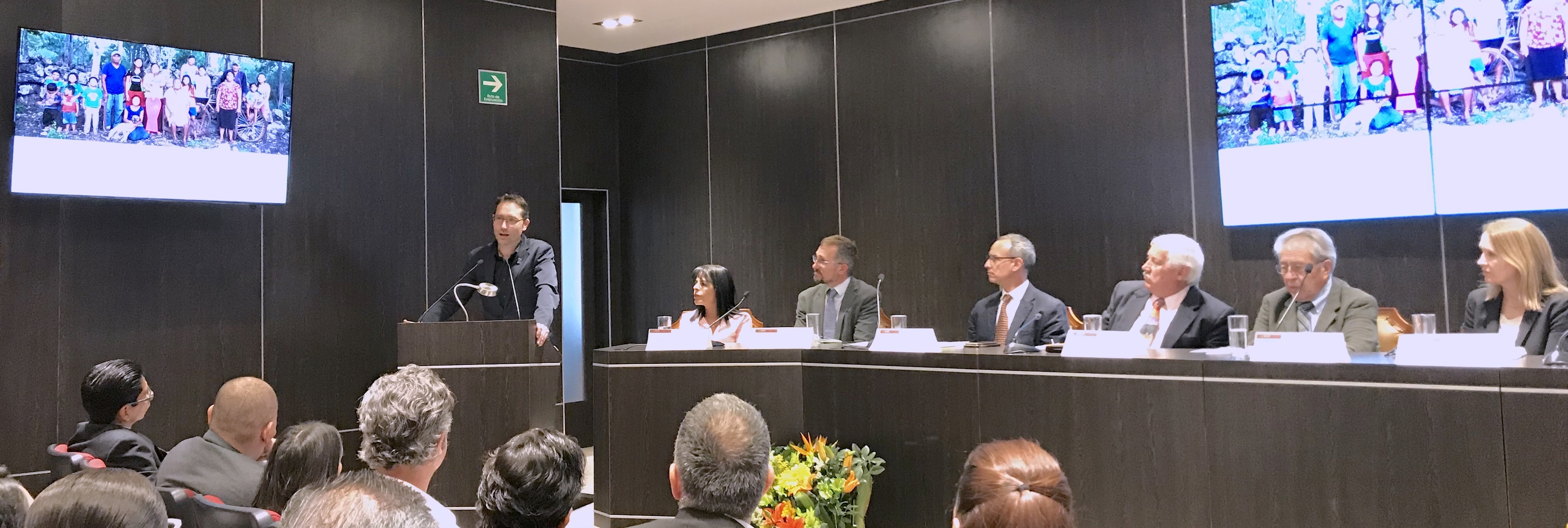
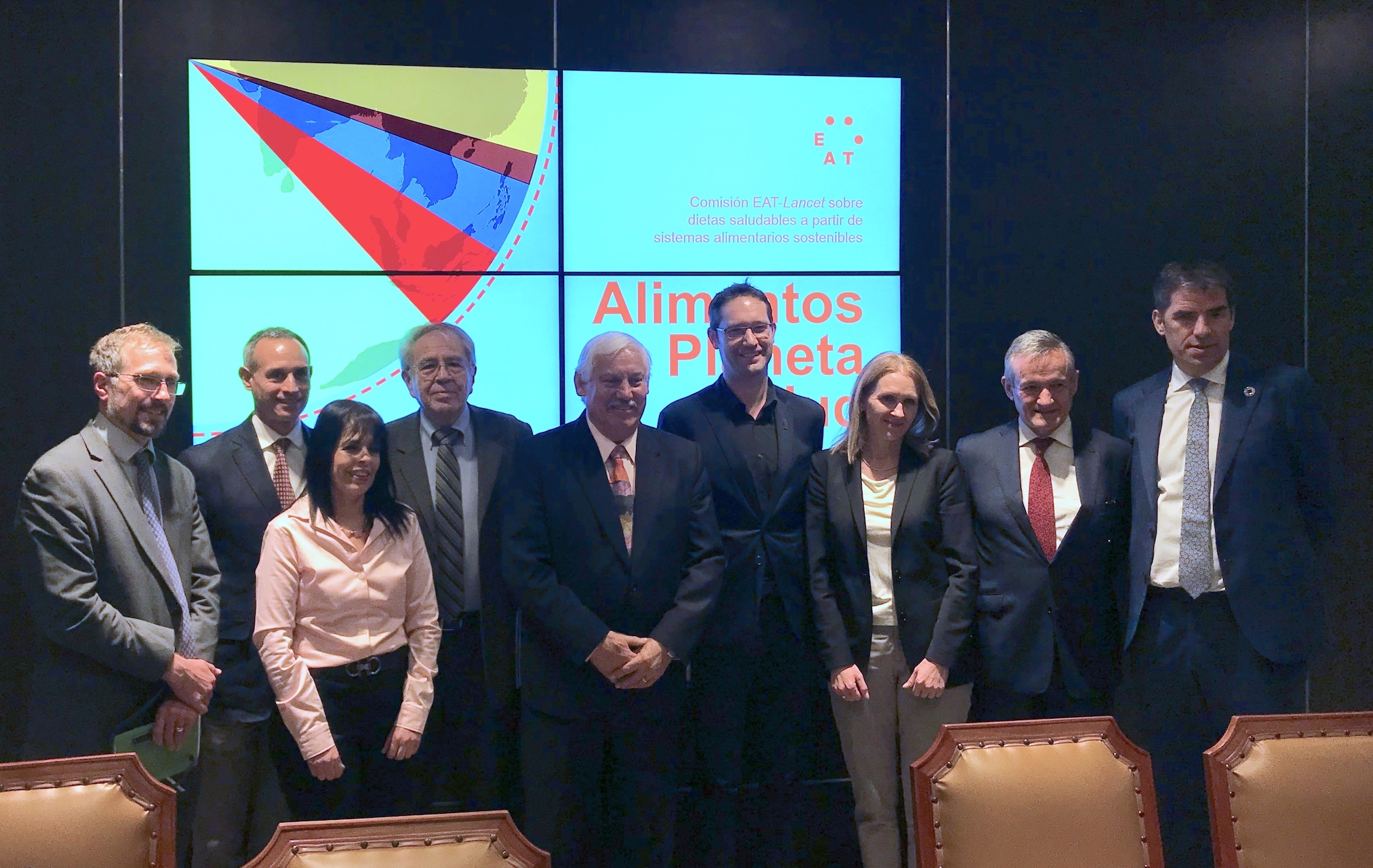
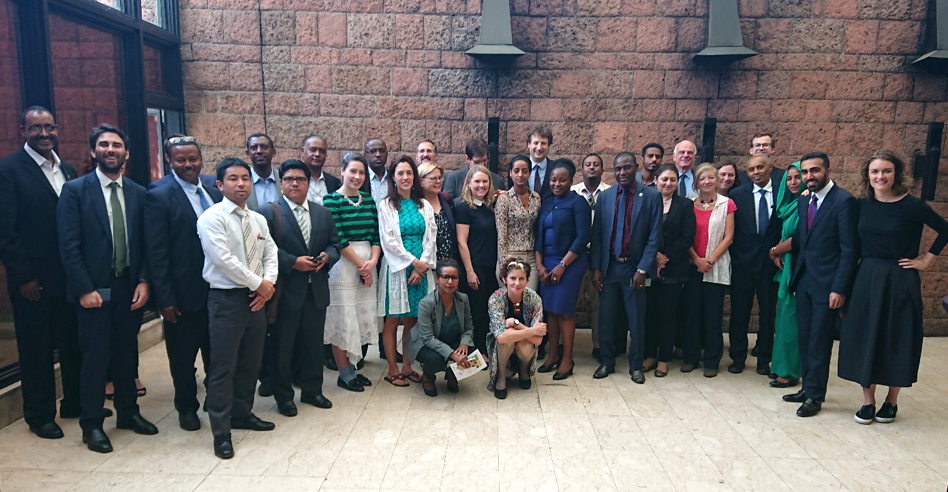


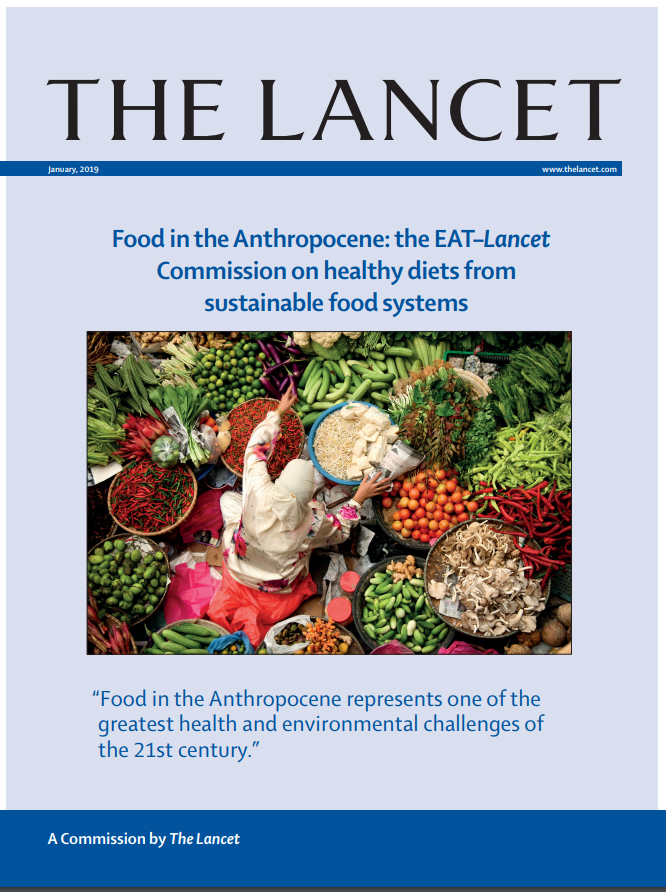
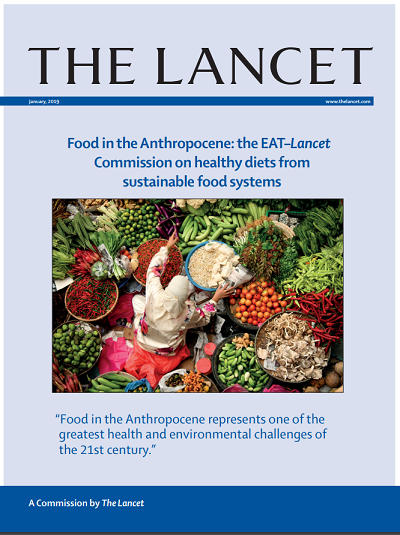 A new report by more than 30 world-leading experts in health and environmental sustainability offers a roadmap for a global food system that provides a healthy, sustainable diet for the world’s 10 billion people by 2050.
A new report by more than 30 world-leading experts in health and environmental sustainability offers a roadmap for a global food system that provides a healthy, sustainable diet for the world’s 10 billion people by 2050.